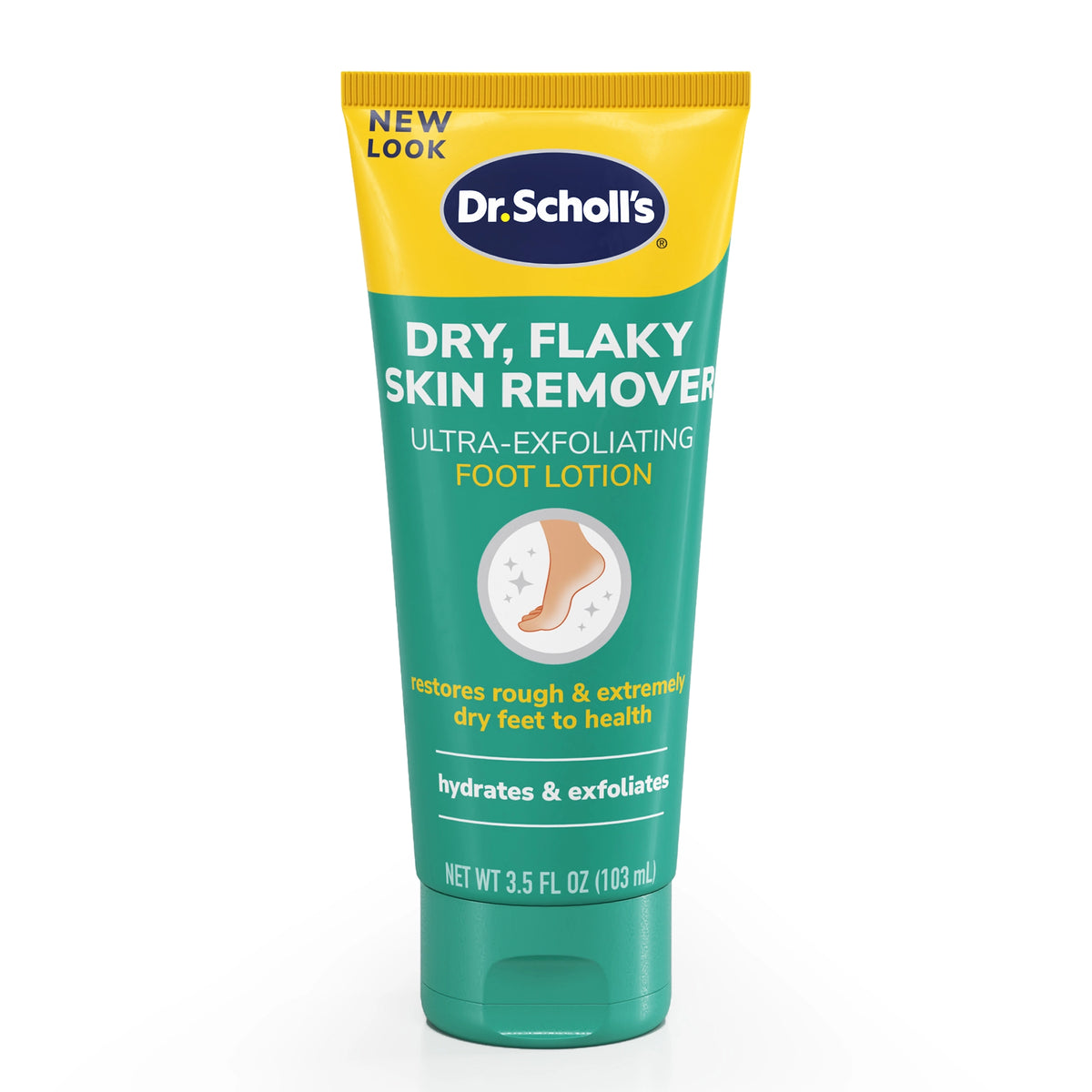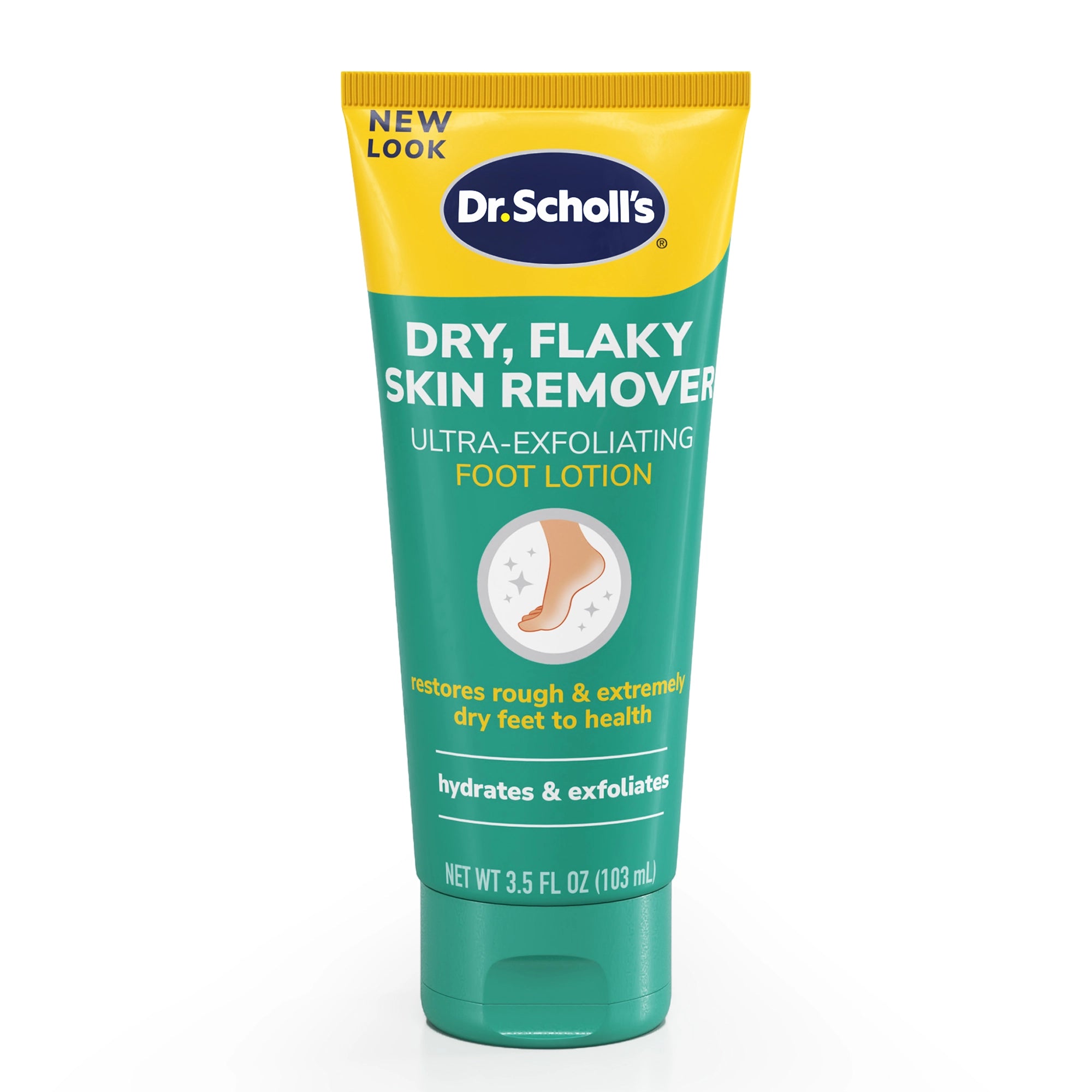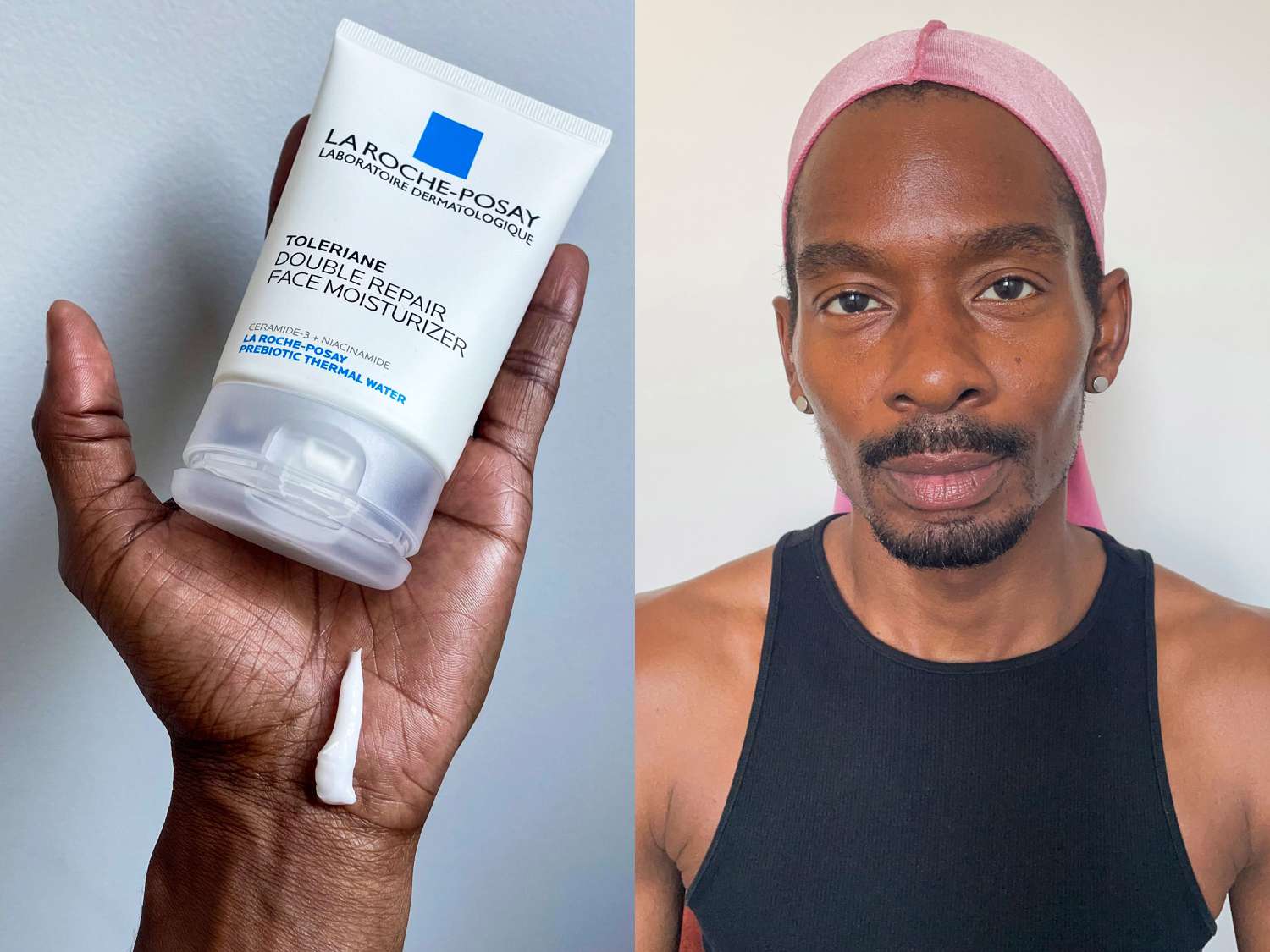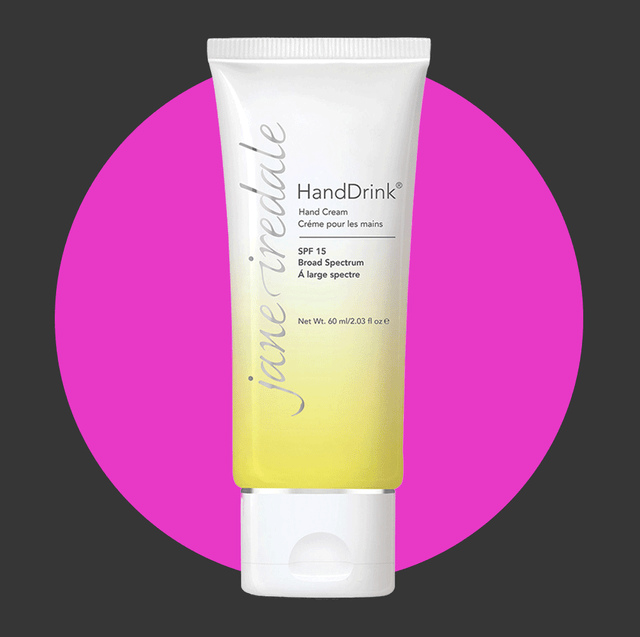Are rough, dry patches on your feet making you feel uncomfortable or self-conscious? Removing dead skin can be easier than you think, and the right foot creams can make a huge difference.
Imagine slipping into soft, smooth feet that look and feel healthy every day. You’ll discover simple, effective ways to use foot creams to get rid of dead skin and keep your feet glowing. Keep reading—you’re just a few steps away from giving your feet the care they deserve.
Table of Contents
Why Remove Dead Skin
Removing dead skin from your feet is more than a beauty routine. It helps keep your feet healthy and comfortable. Dead skin can build up, causing rough patches and cracks. Using foot creams to remove this layer can make a big difference in how your feet feel and look.
Benefits For Foot Health
Dead skin can trap dirt and bacteria. This can lead to infections and bad odors. Removing dead skin helps your feet stay clean and healthy. It also prevents painful cracks and calluses from forming. Healthy skin heals faster and feels better.
Improved Appearance
Feet with dead skin look dry and rough. Removing dead skin reveals smooth and soft skin underneath. Regular use of foot creams brightens the skin and evens out its texture. Your feet will look well cared for and attractive.
Enhanced Comfort
Thick dead skin can cause discomfort while walking. It may lead to pressure and pain in certain areas. Removing this dead layer reduces friction and softens the feet. Your steps feel lighter and more comfortable throughout the day.
)
Credit: www.jiomart.com
Choosing The Right Foot Cream
Choosing the right foot cream is important for removing dead skin effectively. The right cream softens rough patches and helps skin heal. It can also prevent cracks and discomfort. Picking a cream that matches your skin type and needs gives the best results. Understanding key ingredients and options helps make a smart choice.
Key Ingredients To Look For
Look for ingredients that soften and exfoliate dead skin. Urea and lactic acid help break down rough skin gently. Shea butter and glycerin add moisture to dry feet. Aloe vera soothes irritated or cracked skin. These ingredients work well to renew skin and keep feet smooth.
Creams For Different Skin Types
Dry skin needs creams with deep moisturizers like shea butter. Oily skin benefits from lightweight, non-greasy creams. Sensitive skin should have fragrance-free and gentle formulas. Thick creams work better for very rough or cracked feet. Match the cream texture to your skin condition for comfort and care.
Natural Vs. Chemical Options
Natural creams use plant oils and extracts to heal and hydrate. They are gentle and good for sensitive skin. Chemical creams often contain acids like salicylic or glycolic acid for faster exfoliation. They may work well for tough dead skin but can irritate some skin types. Choose based on your skin’s tolerance and needs.
Preparing Your Feet
Preparing your feet is a key step to remove dead skin effectively. Proper preparation softens the skin. It makes foot creams work better. Clean feet allow creams to absorb well.
Start with simple steps before applying any product. This helps achieve smooth and healthy feet.
Soaking Techniques
Soaking your feet softens hard, dead skin. Use warm water mixed with gentle soap. Soak for 10 to 15 minutes. This opens pores and loosens dry skin. Add salts or essential oils for extra softness.
Exfoliation Methods
After soaking, exfoliate to remove dead skin cells. Use a foot scrub or cream with mild exfoliants. Massage gently in circular motions. This clears rough patches and smooths skin surface. Avoid harsh scrubbing to prevent irritation.
Tools To Use
Choose tools that help remove dead skin safely. A pumice stone or foot file works well. Use a soft brush for delicate areas. Clean tools before and after use. This prevents infections and keeps feet healthy.

Credit: www.amazon.com
Applying Foot Cream Effectively
Applying foot cream effectively is key to removing dead skin and keeping feet soft. Proper application helps the cream work better and faster. It also prevents dryness and cracking. Follow simple steps for best results. Learn how to massage cream and when to apply it for smooth feet.
Proper Application Steps
Start with clean, dry feet. Wash them with warm water. Dry completely with a towel. Squeeze a small amount of foot cream onto your palm. Rub your hands together to warm the cream. Apply evenly on feet, focusing on rough areas. Use gentle, circular motions to spread the cream. Cover heels, soles, and toes well. Avoid using too much cream to prevent slipperiness.
Massage Tips For Absorption
Massage helps the cream soak into the skin. Use your thumbs to press gently on the soles. Move your fingers in small circles around the heels. Stretch the skin slightly as you massage. This improves blood flow and cream absorption. Spend extra time on cracked or rough spots. Massaging for 3 to 5 minutes works best. Stop if you feel any pain or discomfort.
Frequency And Timing
Apply foot cream twice daily for best care. Morning and night are ideal times. Night application lets the cream work overnight. Cover feet with socks to lock in moisture. Avoid applying after showers or baths when feet are wet. Dry feet fully before applying cream. Consistency is important to remove dead skin effectively. Adjust frequency based on skin dryness and season.
Additional Tips For Softer Feet
Additional tips can help keep your feet soft after using foot creams. These small habits improve results and protect your skin. Consistency matters. Follow these easy steps for smooth, healthy feet.
Wearing Socks Overnight
Put on clean cotton socks after applying foot cream. Socks help lock in moisture and keep cream from rubbing off. This simple step boosts skin hydration and softens rough areas. Choose breathable socks to avoid sweat buildup.
Regular Maintenance Routine
Make foot care a daily habit. Apply foot cream every night to prevent dead skin buildup. Use a gentle scrub once or twice a week to remove dead skin cells. Consistent care stops cracks and dryness from returning.
When To Seek Professional Help
See a doctor if your feet have deep cracks or pain. Persistent dryness and thickened skin may need expert treatment. A podiatrist can provide specialized care and advice. Don’t ignore signs of infection or bleeding.

Credit: www.drscholls.com
Frequently Asked Questions
What Is The Best Foot Cream For Removing Dead Skin?
The best foot cream contains ingredients like urea, salicylic acid, or lactic acid. These soften and exfoliate dead skin effectively. Regular use helps maintain smooth, healthy feet and prevents cracks and dryness.
How Often Should I Use Foot Cream To Remove Dead Skin?
Use foot cream daily or at least 3-4 times a week. Consistency speeds up dead skin removal and improves foot softness. Apply after washing feet for better absorption and results.
Can Foot Creams Prevent Cracked Heels And Dry Skin?
Yes, foot creams hydrate deeply, repairing dry, cracked skin. Ingredients like shea butter and glycerin lock in moisture. Regular use keeps heels smooth and prevents painful cracks.
How Long Does It Take To See Results From Foot Cream?
You can see smoother skin in 1-2 weeks with daily use. Dead skin softens and peels naturally. Persistent use ensures long-term foot health and comfort.
Conclusion
Removing dead skin with foot creams keeps feet soft and healthy. Regular use helps prevent cracks and rough patches. Choose a cream that suits your skin type and needs. Gently massage the cream to boost blood flow and absorb nutrients.
Patience is key; results improve with consistent care. Soft, smooth feet feel good and look neat. Give your feet the care they deserve every day. Simple steps lead to better foot health and comfort.




